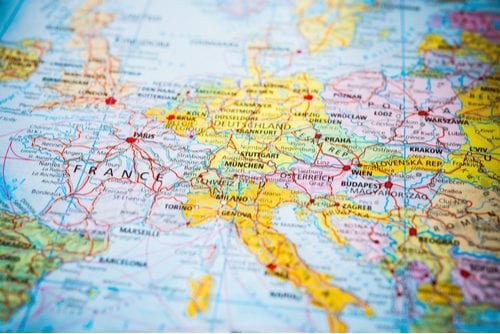The EU has set an ambitious green agenda for the next decades, including becoming carbon neutral by 2050.
A well-known base metal for most investors, copper is used primarily in construction due to its conductivity.
In 2020, Europe became the leading region for EV sales, with a total of about 2 million sold despite the uncertainty brought by the coronavirus pandemic.
The amount of copper needed in Europe to meet future EV demand will depend on what type of EVs are taken up by consumers.
Looking at some numbers on infrastructure, by the end of 2020, there were a total of roughly 285,000 public charging outlets in Europe serving a fleet of around 3 million plug-in electric cars.
Trying to calculate and forecast the amount of copper needed for charging stations can be a difficult task, Jonathan Barnes, principal consultant for copper at Roskill, told INN.
To meet that demand, it uses four sources: it mines 20 percent of its total supply of copper, with another 43 percent coming from scrap from within the EU.
In terms of refined copper, according to Refinitiv data, the region consumes around 3 million tonnes in total, in general around half a million tonnes more than it produces.
“At present, we see little opportunity for significant mine production growth in this region over the next decade as some mines are depleting in countries such as Spain and Finland,” Karen Norton of Refinitiv told INN.
“If you’re operating a copper smelter, you’re going to have to be spending more and more money to reduce emissions,” Barnes said, adding that a lot of the smelters are already best in class in the world.
If the circular economy concept is thought about and put in place correctly, it could be “tremendously positive,” Barnes added.
